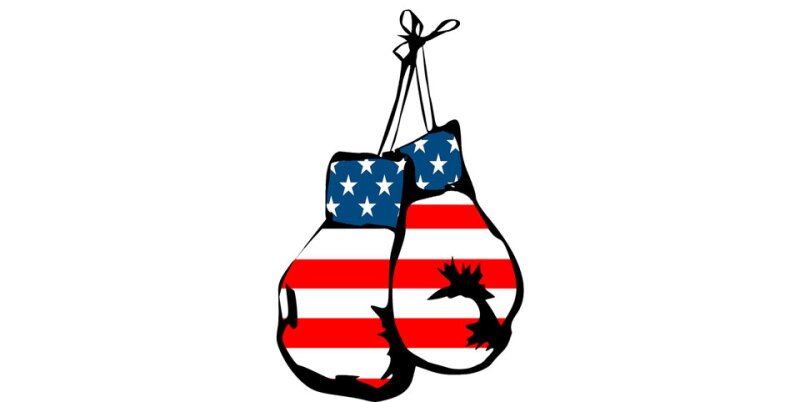
High inflation has finally increased the pressure on US policymakers to raise interest rates more aggressively than the usual quarter-point hike – on May 5, it unveiled a 50 basis-point rise, after the annual increase in consumer prices hit 8.5% in March, the highest level since the 1980s.
As for the impact on the foreign exchange market, JPMorgan analysts note that commodity currencies have historically been more insulated from higher US yields, but suggest that lower-yielding currencies that are commodity importers and where the central bank is expected to be less hawkish than the US Federal Reserve are vulnerable.

John Velis, FX and macro strategist Americas at BNY Mellon, says a number of Asia-Pacific currencies fall into this category, where central banks are behind the curve and could falter as the USD strengthens further.
“In contrast, we think LatAm currencies are in a good place, considering how soon and how much central banks in the region have turned hawkish and how much they have lifted rates,” he adds.
Steve Sosnick, chief strategist at Interactive Brokers, has a different perspective.
